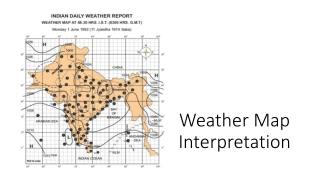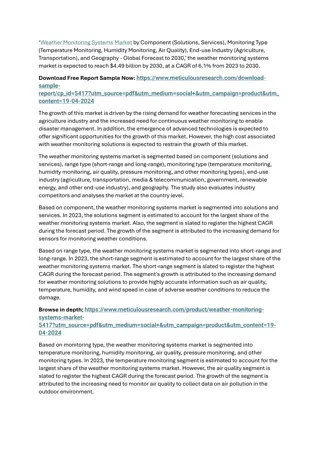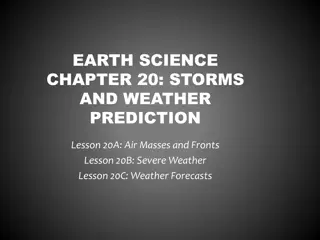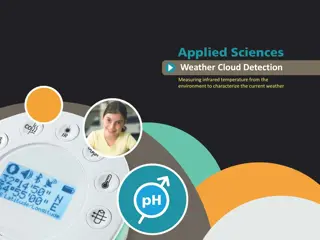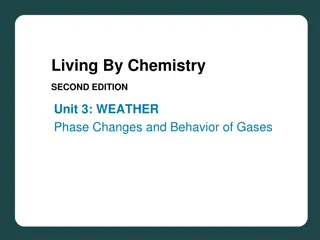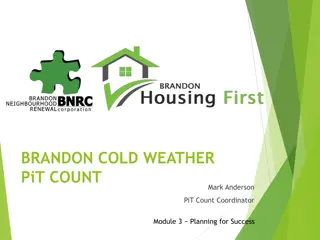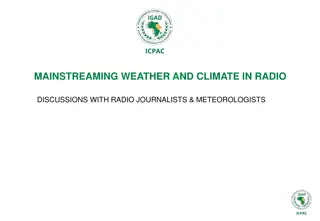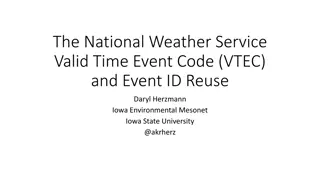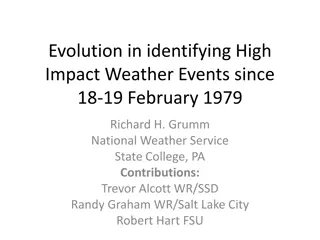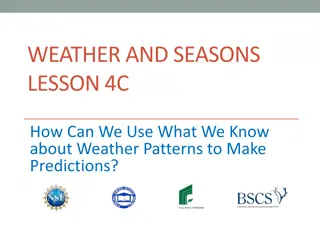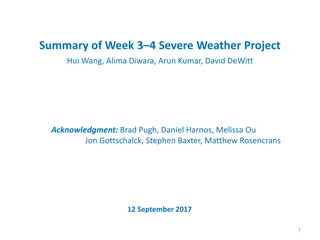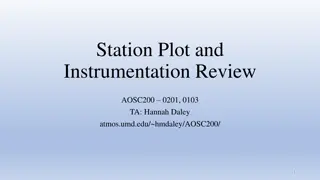Essential Weather Measurements Guide
Learn how to accurately measure air temperature, relative humidity, wind speed and direction, air pressure, and sunlight intensity. Follow step-by-step instructions with the right instruments for each parameter. Remember to take multiple measurements for accuracy and ensure the instruments are not obstructed.
Download Presentation

Please find below an Image/Link to download the presentation.
The content on the website is provided AS IS for your information and personal use only. It may not be sold, licensed, or shared on other websites without obtaining consent from the author.If you encounter any issues during the download, it is possible that the publisher has removed the file from their server.
You are allowed to download the files provided on this website for personal or commercial use, subject to the condition that they are used lawfully. All files are the property of their respective owners.
The content on the website is provided AS IS for your information and personal use only. It may not be sold, licensed, or shared on other websites without obtaining consent from the author.
E N D
Presentation Transcript
Contents A. Air temperature B. Relative humidity C. Wind speed and wind direction D. Air pressure E. Sunlight intensity
Points to note when taking measurements: Take multiple measurements, then calculate the average value Use the same brand and same model of instruments Pay attention to whether the instruments are blocked by the surrounding environments, human bodies or objects to ensure data accuracy Contents Contents
A. Air temperature Instrument: electronic thermometer Steps: Hold the electronic thermometer. Record the reading when it becomes stable. Electronic thermometer Contents Contents
B. Relative humidity Instrument: sling psychrometer Steps: Use distilled water to wet the cotton of the wet bulb thermometer. Ensure the cotton is saturated with water. Sling psychrometer Contents Contents
B. Relative humidity Hold the handle of the sling psychrometer and spin it for one minute. Then, read the wet bulb temperature and dry bulb temperature. Repeat Step 2 until the reading of wet bulb temperature stops dropping. Sling psychrometer Contents Contents
B. Relative humidity Read the wet bulb temperature and dry bulb temperature. Find out the relative humidity by checking the readings against the relative humidity scale. Sling psychrometer Contents Contents
C. Wind speed and wind direction Instrument: wind cup anemometer Steps: Stand at a place and face the windward direction. Then, raise the wind cup anemometer. Record the wind direction when the wind vane becomes stable. Record the wind speed when the reading becomes stable. Wind cup anemometer Contents Contents
D. Air pressure Instrument: barometer Steps: Place the barometer flat on hand. Record the reading when it becomes stable. Contents Contents Barometer
E. Sunlight intensity Instrument: light meter Steps: Hold the light meter with the sensor facing the sky. Record the reading when it becomes stable. Contents Light meter Contents


